Md. Aminur Rab Ratul
A Comparative Study on Crime in Denver City Based on Machine Learning and Data Mining
Jan 09, 2020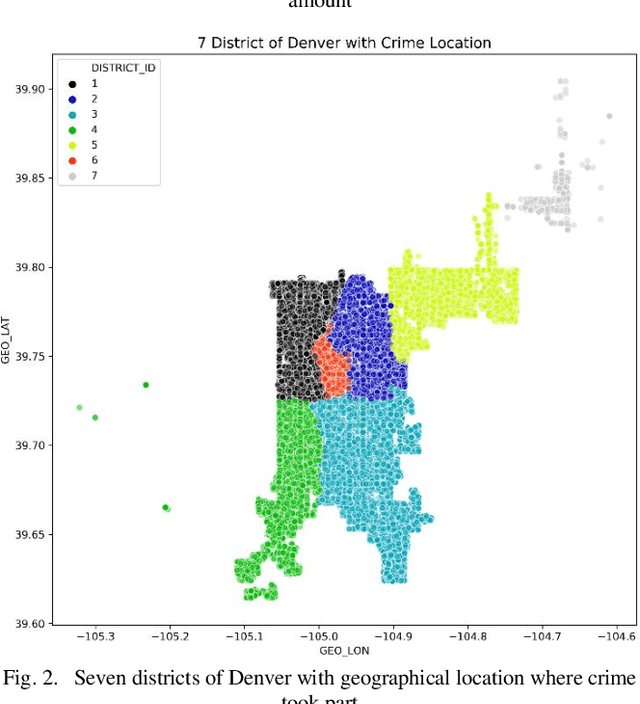
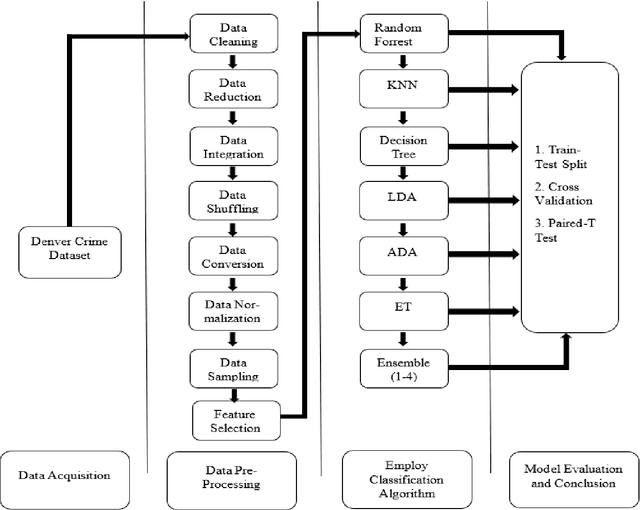
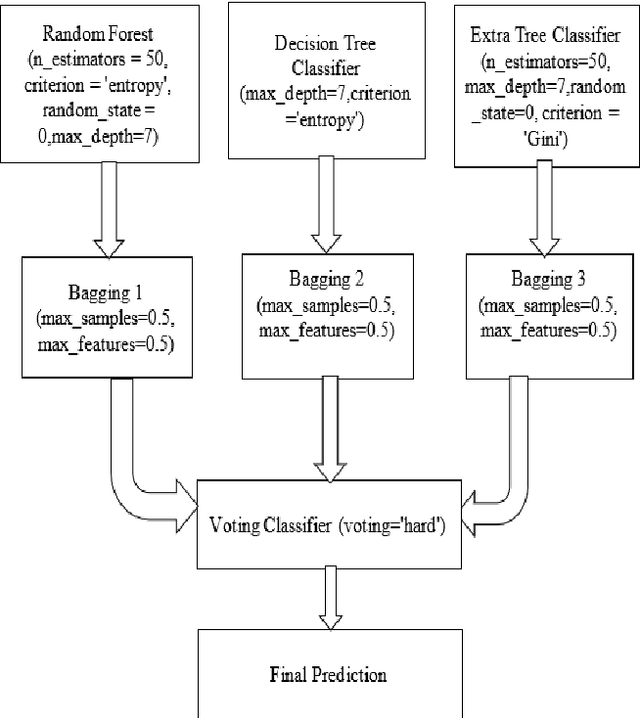
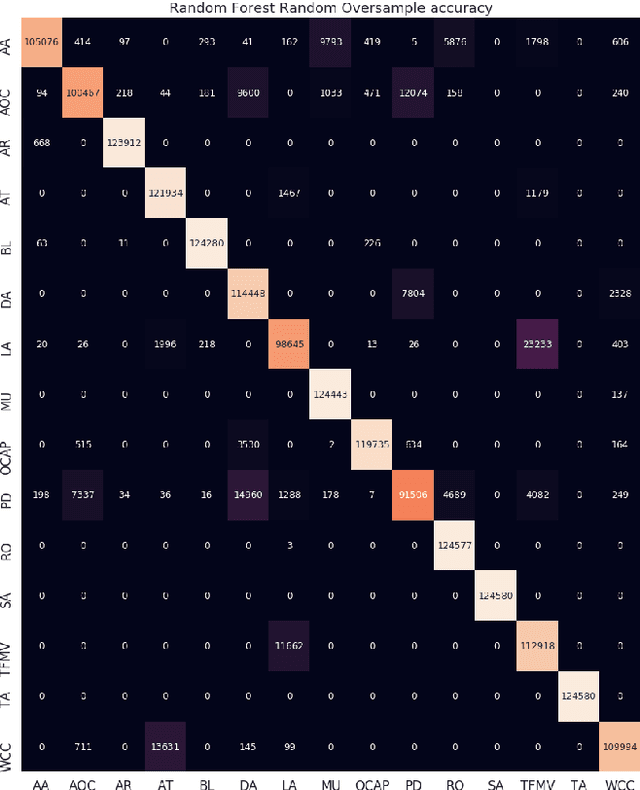
Abstract:To ensure the security of the general mass, crime prevention is one of the most higher priorities for any government. An accurate crime prediction model can help the government, law enforcement to prevent violence, detect the criminals in advance, allocate the government resources, and recognize problems causing crimes. To construct any future-oriented tools, examine and understand the crime patterns in the earliest possible time is essential. In this paper, I analyzed a real-world crime and accident dataset of Denver county, USA, from January 2014 to May 2019, which containing 478,578 incidents. This project aims to predict and highlights the trends of occurrence that will, in return, support the law enforcement agencies and government to discover the preventive measures from the prediction rates. At first, I apply several statistical analysis supported by several data visualization approaches. Then, I implement various classification algorithms such as Random Forest, Decision Tree, AdaBoost Classifier, Extra Tree Classifier, Linear Discriminant Analysis, K-Neighbors Classifiers, and 4 Ensemble Models to classify 15 different classes of crimes. The outcomes are captured using two popular test methods: train-test split, and k-fold cross-validation. Moreover, to evaluate the performance flawlessly, I also utilize precision, recall, F1-score, Mean Squared Error (MSE), ROC curve, and paired-T-test. Except for the AdaBoost classifier, most of the algorithms exhibit satisfactory accuracy. Random Forest, Decision Tree, Ensemble Model 1, 3, and 4 even produce me more than 90% accuracy. Among all the approaches, Ensemble Model 4 presented superior results for every evaluation basis. This study could be useful to raise the awareness of peoples regarding the occurrence locations and to assist security agencies to predict future outbreaks of violence in a specific area within a particular time.
Inspect Transfer Learning Architecture with Dilated Convolution
Nov 20, 2019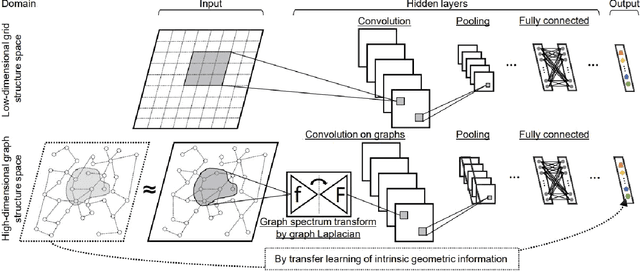
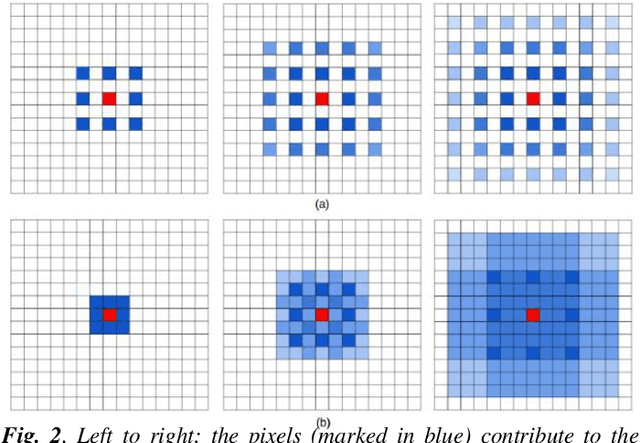


Abstract:There are many award-winning pre-trained Convolutional Neural Network (CNN), which have a common phenomenon of increasing depth in convolutional layers. However, I inspect on VGG network, which is one of the famous model submitted to ILSVRC-2014, to show that slight modification in the basic architecture can enhance the accuracy result of the image classification task. In this paper, We present two improve architectures of pre-trained VGG-16 and VGG-19 networks that apply transfer learning when trained on a different dataset. I report a series of experimental result on various modification of the primary VGG networks and achieved significant out-performance on image classification task by: (1) freezing the first two blocks of the convolutional layers to prevent over-fitting and (2) applying different combination of dilation rate in the last three blocks of convolutional layer to reduce image resolution for feature extraction. Both the proposed architecture achieves a competitive result on CIFAR-10 and CIFAR-100 dataset.
IrisNet: Deep Learning for Automatic and Real-time Tongue Contour Tracking in Ultrasound Video Data using Peripheral Vision
Nov 10, 2019
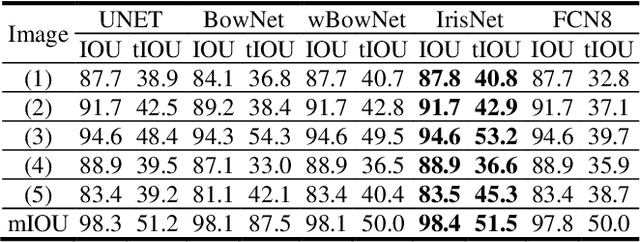


Abstract:The progress of deep convolutional neural networks has been successfully exploited in various real-time computer vision tasks such as image classification and segmentation. Owing to the development of computational units, availability of digital datasets, and improved performance of deep learning models, fully automatic and accurate tracking of tongue contours in real-time ultrasound data became practical only in recent years. Recent studies have shown that the performance of deep learning techniques is significant in the tracking of ultrasound tongue contours in real-time applications such as pronunciation training using multimodal ultrasound-enhanced approaches. Due to the high correlation between ultrasound tongue datasets, it is feasible to have a general model that accomplishes automatic tongue tracking for almost all datasets. In this paper, we proposed a deep learning model comprises of a convolutional module mimicking the peripheral vision ability of the human eye to handle real-time, accurate, and fully automatic tongue contour tracking tasks, applicable for almost all primary ultrasound tongue datasets. Qualitative and quantitative assessment of IrisNet on different ultrasound tongue datasets and PASCAL VOC2012 revealed its outstanding generalization achievement in compare with similar techniques.
 Add to Chrome
Add to Chrome Add to Firefox
Add to Firefox Add to Edge
Add to Edge